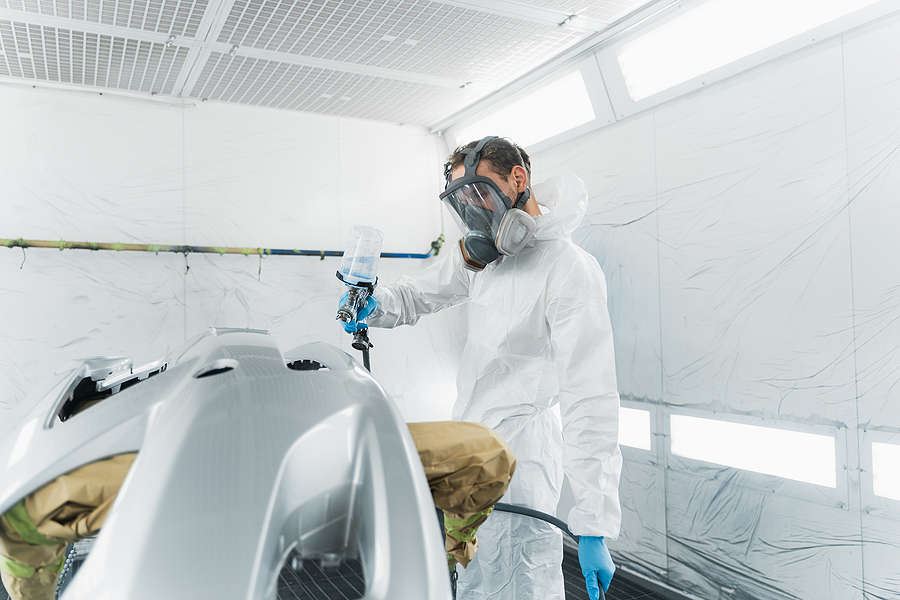NFPA-33 Spray Application for Flammable and Combustible Materials says that all spray booths must have an automatic fire protection system to keep them safe. Here are some of the most common questions people have about this paint booth. This information is meant to be a guide. Your local inspector and fire marshal will know how to interpret and follow the rules in your area.
In this case, who do I buy this system from? These systems are made by only a few certified companies, like Amerex, Pyrochem, Azul, and Badger. They make the systems. They can often be bought from the person who sells the spray booth, like Brazas Fire in Albuquerque, NM. This company sells, and services Paint Booth Fire Protection systems all over New Mexico.
Can I do the installation myself? – Not at all. Installing should be done by someone who is qualified.
In that case, what should I do? Paint booth fire protection systems are designed to put out fires in the paint booth, plenums, or vents, which are places that the building’s plan will not usually get to. A self-contained fire protection system can do this. Some small, one-time use open-face paint booths may be approved by your local authorities as safe enough to use with the building’s wet sprinkler system. It would be best to talk to your local inspector and fire marshal about that specific situation.
Are there size limitations to the booth? – Yes. This is because open-face spray booths can only go up to 12′ high because of their design limitations. More elevated open-face booths can be kept safe at a high price. The bigger the spray booth, the more ductwork, and the more fans, all of which add to the cost of the fire safety system.
What are the maintenance requirements? – After the system is set up, most providers can be hired to do annual inspections. A yearly inspection will check the pressure in each chemical tank, how the system works, the fusible links (the mechanical part of the system), and the control panel. Like the one on a fire extinguisher that can be taken with you, an inspection tag will be put on. They should be told when there is a problem with a system that needs to be fixed or a question about how the system works.
What is the significant difference in wet versus dry systems? – NFPA-33 lets you use either system. In the same way that restaurants have fire protection systems that can protect against oil and grease fires, the dry system is made to protect against fires caused by solvents, which are found in most paint. A wet system only works with water and may not put out a fire as quickly as a dry system. The dry system should work better than the damp in corners, ductwork, and plenums. The dry system should be easier to clean up after a fire.
There are many reasons to have a spray booth, but fire protection is one of the main ones. It also provides a clean spraying environment, fume and overspray controls, and safe lighting. To finish the process of building a spray booth, the owner must make sure that a certified person installs an approved fire protection system and that the system is kept up to date.
